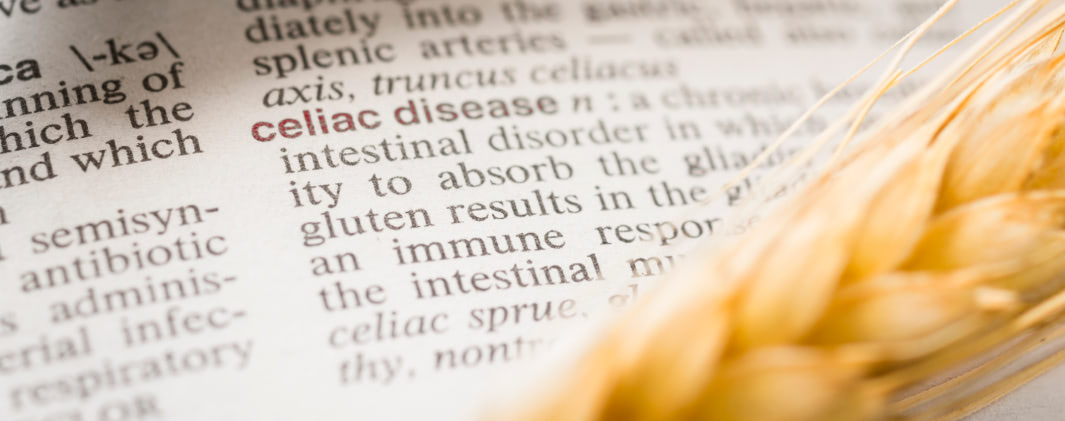Celiac disease is an autoimmune condition where the ingestion of gluten—a protein found in wheat, barley, and rye—leads to damage in the small intestine. This damage can cause a multitude of symptoms and associated disorders affecting various parts of the body. Living with celiac disease necessitates a strict gluten-free diet for life, which can be challenging yet manageable with the right knowledge and support. This section will explore the intricacies of managing celiac disease, including how to identify gluten-containing foods, avoid potential cross-contamination, and maintain a healthy and balanced diet while adhering to gluten-free guidelines.
Celiac disease is an autoimmune condition triggered by the ingestion of gluten, a protein found in wheat, barley, and rye. When individuals with celiac disease consume gluten, their immune system responds by damaging the villi of the small intestine, which are essential for nutrient absorption. This damage can lead to various symptoms and complications, making it imperative for those diagnosed to adhere strictly to a gluten-free diet.
The Relationship Between Celiac Disease and Food
For those with celiac disease, understanding the relationship between their condition and food is critical. Gluten, the main dietary concern, is pervasive in many foods, extending beyond obvious sources like bread and pasta to less apparent ones such as sauces, soups, and some processed foods. The challenge lies in identifying and avoiding all sources of gluten to prevent immune reactions and intestinal damage.
Crafting a Gluten-Free Diet
The cornerstone of managing celiac disease is a lifelong commitment to a gluten-free diet. This diet excludes all forms of wheat, barley, and rye, along with any derivatives or foods that may contain them as ingredients. The initial focus is on natural, inherently gluten-free foods, including:
- Fruits and vegetables provide essential vitamins, minerals, and fiber.
- Meats and fish, preferably unprocessed, as processing, can sometimes introduce gluten-containing ingredients.
- Dairy products, though some individuals with celiac disease, may also have lactose intolerance, especially early in their diagnosis.
- Grains and starches such as rice, corn, soy, potato, tapioca, beans, quinoa, millet, buckwheat, and amaranth can substitute traditional gluten-containing grains.
Reading Labels and Preventing Cross-Contamination
One of the crucial skills for managing celiac disease is learning to read food labels carefully to identify gluten-containing ingredients. Regulations require that foods labeled “gluten-free” meet strict standards regarding gluten content, offering a safer choice for individuals with celiac disease. However, cross-contamination poses a significant risk, especially in kitchens or restaurants where gluten-containing foods are prepared. Measures to prevent cross-contamination include using separate cooking utensils and surfaces for gluten-free foods and being cautious when eating out by clearly communicating dietary restrictions.
Adapting to a Gluten-Free Lifestyle
Adapting to a gluten-free lifestyle involves more than dietary changes; it encompasses navigating social situations, traveling, and educating friends and family about the condition. Support from registered dietitians who specialize in celiac disease can be invaluable in making these adjustments. They can provide personalized dietary advice, recommend gluten-free substitutes, and offer strategies for dealing with various social settings.
Overcoming Challenges with Gluten-Free Eating
While adopting a gluten-free diet is the only effective treatment for celiac disease, it comes with its own set of challenges. Avoiding gluten requires vigilance as it is often hidden in many products and foods. One such challenge is dining out, as it can be difficult to find restaurants with a sufficient understanding of the importance of gluten-free options and the avoidance of cross-contamination. Moreover, the cost of gluten-free products is also considerably higher, posing an economic burden on those who must follow this diet strictly. Social events pose another challenge, as food is often a central element, and explaining one’s dietary restrictions can sometimes be uncomfortable. However, with the growing awareness of celiac disease and the increasing availability of gluten-free options, many of these challenges are becoming easier to navigate over time.
Conclusion
Living with celiac disease requires a thorough understanding of how food and diet impact the condition. By adhering to a strict gluten-free diet, individuals with celiac disease can manage their symptoms, promote intestinal healing, and maintain their overall health. While the transition to a gluten-free lifestyle may seem daunting initially, with education, support, and careful planning, it becomes not only manageable but also conducive to a full and healthy life.



 Close
Close